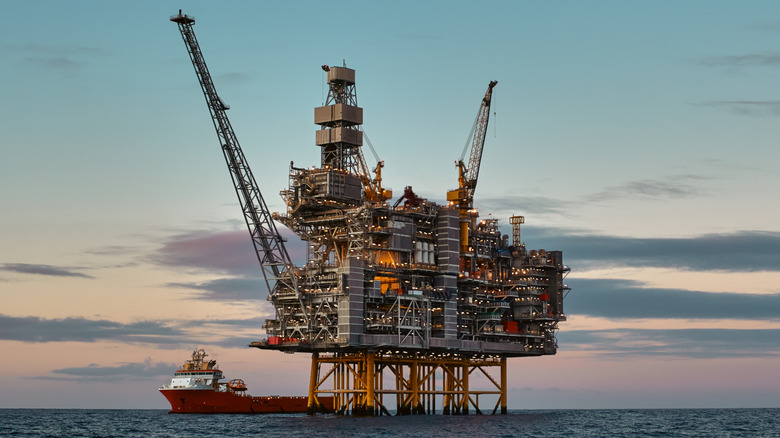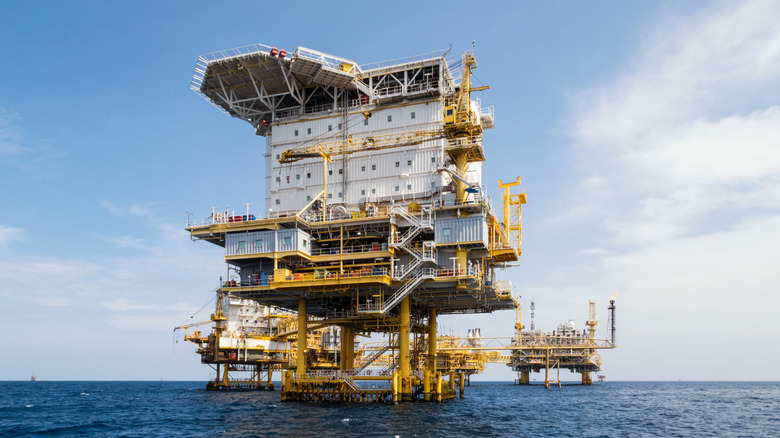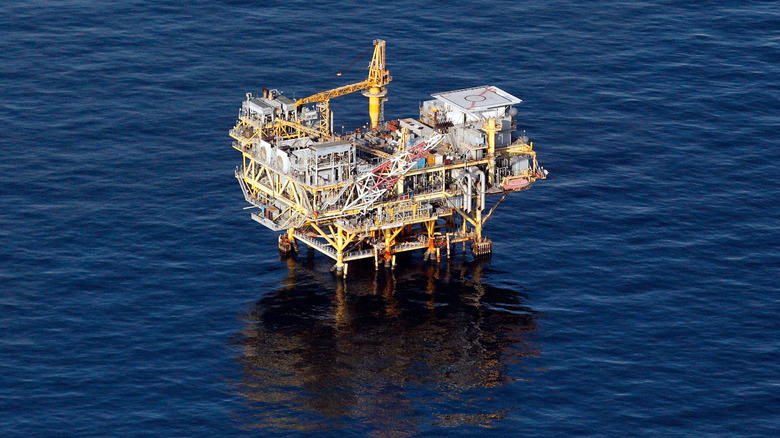How Deep Can Offshore Oil Rigs Drill?
Modern offshore oil rigs are engineering wonders designed to accommodate massive crews and operate in some of the most hostile environments on Earth. As the demand for oil drives exploration into farther-flung and deeper waters, the capabilities of these rigs have evolved to meet very tough technical criteria. These days, the issue is not only offshore travel distance, but also the depth below the ocean floor.
Modern offshore drilling platforms can reach thousands of feet below the surface of the ocean, allowing access to seabeds that were unreachable previously. Currently, the most advanced deepwater rigs — those of ultra-deepwater drillships — can drill down to 40,000 feet, or roughly 7.5 miles, below the ocean floor.
But along with the immense capability of these rigs comes equally immense financial, environmental, and logistical expenses. Some ultra-deepwater sites have water depths of over 10,000 feet, meaning companies must balance strict regulatory compliance with modern technologies and remote monitoring. For example, the floating Perdido platform in the Gulf of Mexico can access the ocean floor at an amazing depth of 8,000 feet below the surface of the water.
Ultra-Deepwater versus Deepwater: A Difference of Miles
Designed for specific water depths and conditions, deepwater and ultra-deepwater drilling platforms fall into three categories: jack-up rigs, semi-submersibles, and drill ships. Every design has its own unique advantages depending on the type of the operation and the distance offshore. The kind of rig chosen will determine both safety and efficiency.
Jack-up rigs are used in shallow waters up to around 500 feet and can drill beyond 5.6 miles. Their long legs — which reach the seabed and elevate the platform above the surface — offer a consistent working base near shore. Conversely, semi-submersible rigs anchor or use dynamic positioning systems to stay in place and float just partially submerged. These floating oil rigs are mobile and are fit for deeper, rougher waters. They in water between 1,600 and 10,000 feet and drill up to 6.2 miles.
Extreme deepwater drilling of almost 12,000 feet calls for drill ships, which resemble large tankers and lie at the most extreme end of the spectrum. Using complex thruster systems, they can hold position and reach a total depth of 40,000 feet. Some of the most remote and high-pressure oil reserves on Earth rely on these rigs for exploration. But choosing the correct rig type is about more than the depth it can drill; it's also about how mobility, environmental conditions, and cost affect offshore operations.
The Deepest Drilling Records in History
Even if most offshore rigs run in moderate depths, some record-breaking rigs have pushed the boundaries of what is considered possible. One prominent example is the Deepwater Horizon rig, which was drilling in water over 4,100 feet deep before it's infamous 2010 accident. That depth is far from the record for drilling in deepest waters, but it drilled to a depth of just over 35,000 feet, making it the uncontested record holder for the deepest well ever dug.
The Maersk Voyager holds the record for drilling in the deepest waters, piercing the floor of the ocean nearly 12,000 feet beneath the surface off the coast of Angola at the Ondjaba-1 well. As far as floating oil platforms go, Shell's Perdido spar operates in the deepest water floating 8,000 feet above the sea bed.
Accessing new hydrocarbon reserves calls for these advancements in ability, especially as the oil runs out at onshore and shallow fields and environmental issues continue to grow. However, given well-reported environmental tragedies, the deep-sea frontier is under more and more scrutiny. The stakes are higher, and as we drill deeper, the error margins become smaller.


